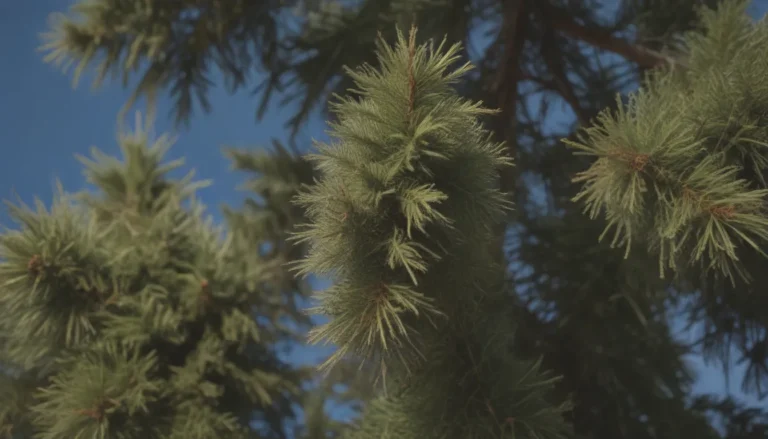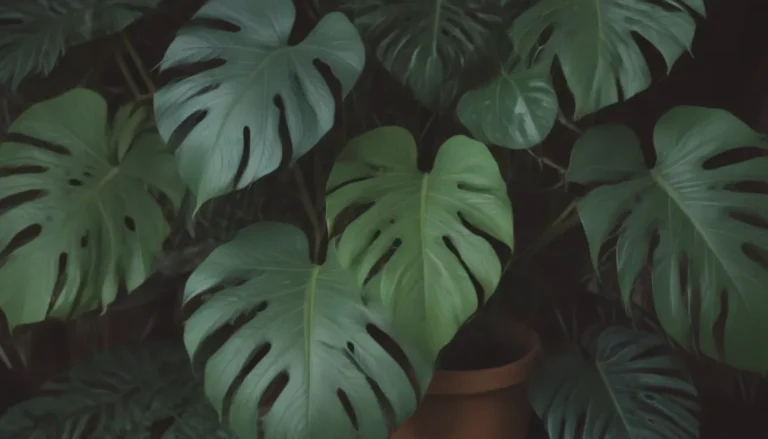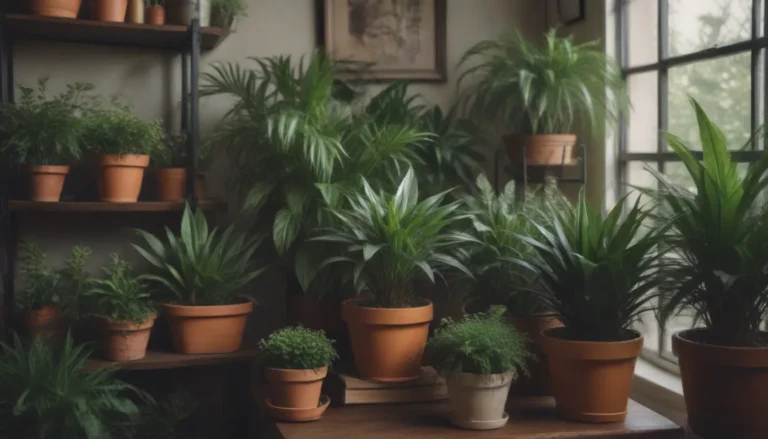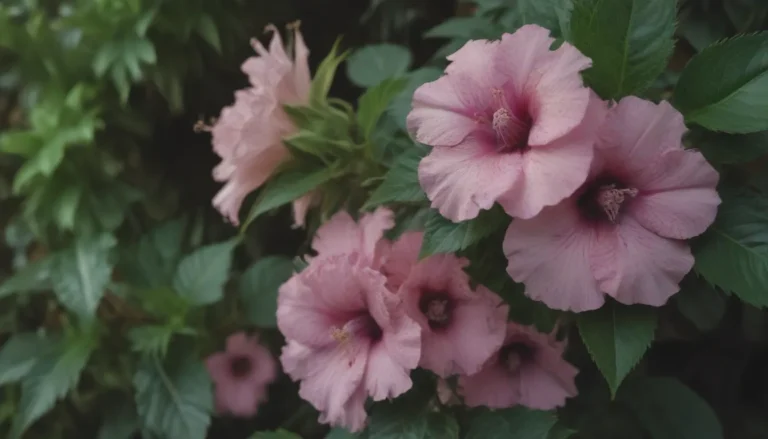How to Save Your Struggling Plant: 5 Signs to Look Out For and What to Do Next
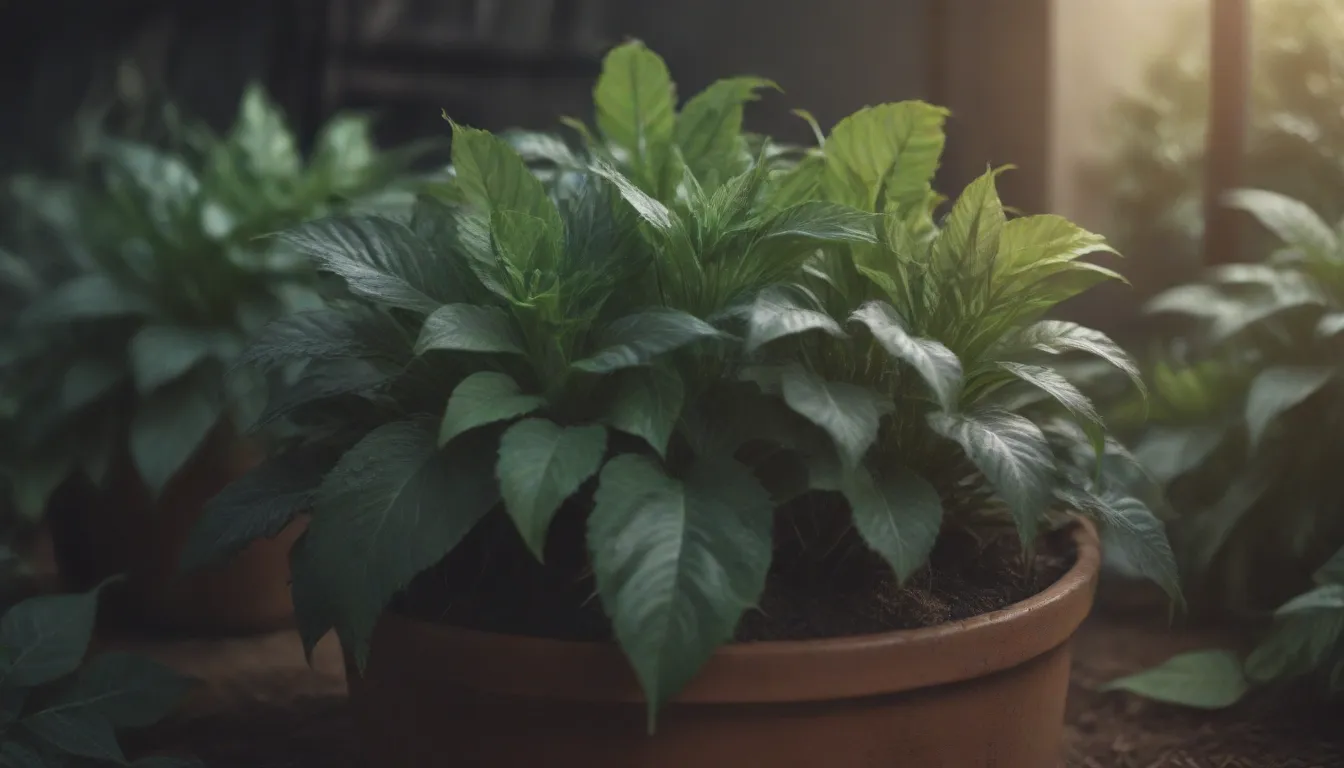
Welcome to our guide on saving struggling plants! As plant enthusiasts ourselves, we understand the sinking feeling that comes with seeing your beloved leafy friend on the brink of death. But fear not, as we’re here to help you diagnose the issue and assist you in reviving your plant back to its former glory.
Signs Your Plant Might Be Struggling
If you’re noticing some concerning changes in your plant’s appearance, don’t panic just yet. Our expert, Allison Futeral from Crimson Horticultural Rarities, reassures us that many plant issues are manageable with the right care. Here are some key signs to watch out for:
- Yellowing leaves
- Brown or curling leaves
- Broken or damaged roots
- Squishy leaves
- Pests
It’s essential to pay close attention to these signs and take immediate action to address the problem.
Reasons Why Your Plant Is Dying
There could be various reasons behind your plant’s decline. Understanding the root cause is crucial in formulating a plan to revive your plant. Common reasons include:
- Improper watering: Over or under-watering can lead to plant distress.
- Inadequate light: Plants have specific light requirements for optimal growth.
- Root damage: Broken or damaged roots can hinder the plant’s ability to absorb nutrients.
- Pest infestation: Insects can wreak havoc on your plant’s health.
- Dormancy: Some plants may appear dead but are actually in a dormant state.
How to Revive Your Plant
Now that you’ve identified the signs of a struggling plant and pinpointed the possible reasons behind its decline, it’s time to take action. Here are five steps to help revive your plant:
- Find the source of the problem
- Adjust your watering schedule
- Ensure proper light levels
- Inspect and care for the roots
- Consider if your plant is in dormancy
Implementing these strategies can help breathe new life into your plant and set it on the path to recovery.
Is Your Plant Dead or Dormant?
It’s important to differentiate between a dead plant and one that is dormant. Plants can sometimes mimic death when they are actually conserving energy during dormancy. Understanding the behavior of your specific plant is crucial in determining its true state. As plant expert Gifford explains, some plants may appear dead while they are simply in a dormant phase.
For example, cacti may shrink and look lifeless during dormancy to conserve water. Before giving up on a seemingly dead plant, research its dormancy patterns and give it a chance to revive.
Tips to Avoid Plant Death in the Future
Prevention is key in ensuring your plants thrive in the long run. Here are some expert tips to help you avoid future plant casualties:
- Assess the entire plant, not just individual leaves
- Identify and address pest infestations promptly
- Prevent root rot by monitoring watering practices
- Choose plants that match your skill level and care routine
By following these guidelines, you can cultivate healthy, thriving plants and minimize the risk of losing them due to neglect or improper care.
Choosing the Right Plant for You
If you’ve struggled with keeping plants alive in the past, don’t lose hope! There are plenty of low-maintenance plants that are perfect for beginners. Consider starting with forgiving plants like Snake plants or Aglaonema, which are resilient and adaptable to various conditions. As you gain confidence in your gardening skills, you can gradually expand your plant collection.
Remember, it’s okay to make mistakes and learn from them. Sometimes, the best way to improve is by starting fresh and choosing plants that align with your care abilities.
In most cases, it’s best to discard a dead plant and start anew. However, before making that decision, thoroughly assess the plant and its roots to determine if there’s any chance of recovery. If the plant is beyond saving, dispose of it responsibly, either through composting or proper waste disposal methods.
By taking proactive steps to care for your plants and addressing any issues promptly, you can enjoy a thriving indoor garden that brings joy and beauty to your home. Remember, a little TLC goes a long way in nurturing your leafy companions back to health. Happy gardening!
